
Northern Brittany, France
After a late night of streaming college football from the States, we had a later-than-normal start to our exploring today. We plotted several interesting sights to the northwest in our online maps app and fired up the Fiat.

It didn’t take me long to get acclimated to driving in France. We have a tiny car but it’s the same side of the road and logical road signs.
However, there are hardly any traffic lights or intersections here, just loads of roundabouts. I like them, the traffic keeps flowing and if you miss your turn, you can channel your inner Clark Griswold and go around again as many times as you like (hey look kids, there’s Big Ben, Parliament!).



Google Maps works reliably here. I downloaded large swathes of France so the app would work offline. In the morning, I plot destinations on my laptop which syncs with my phone. My phone then connects with the car when we’re ready to go and we get integrated directions on the dash display.
First stop: the village of Moncontour. It wasn’t very big but the central church, Eglise St Mathurin, honored an interesting saint. Evidently Mathurin was very popular in the Middle Ages, invoked for the healing of madmen and for unbearable wives. OK then…
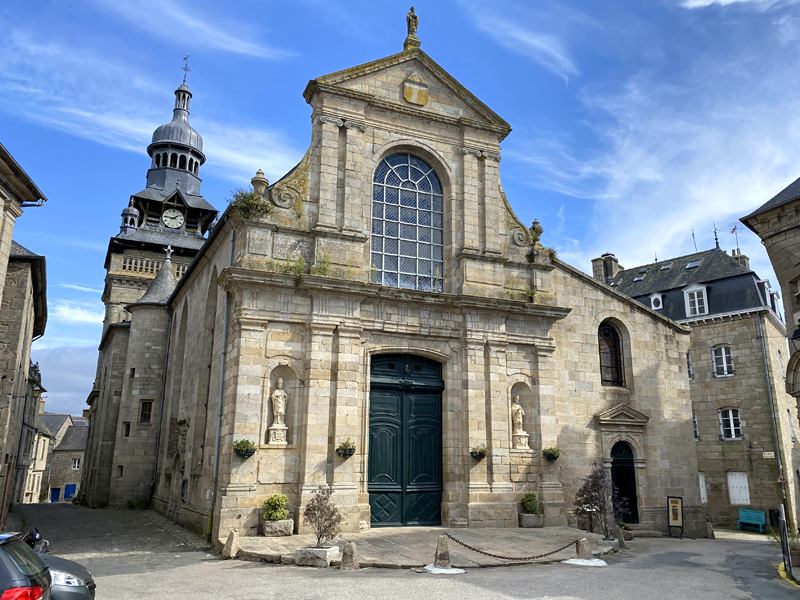
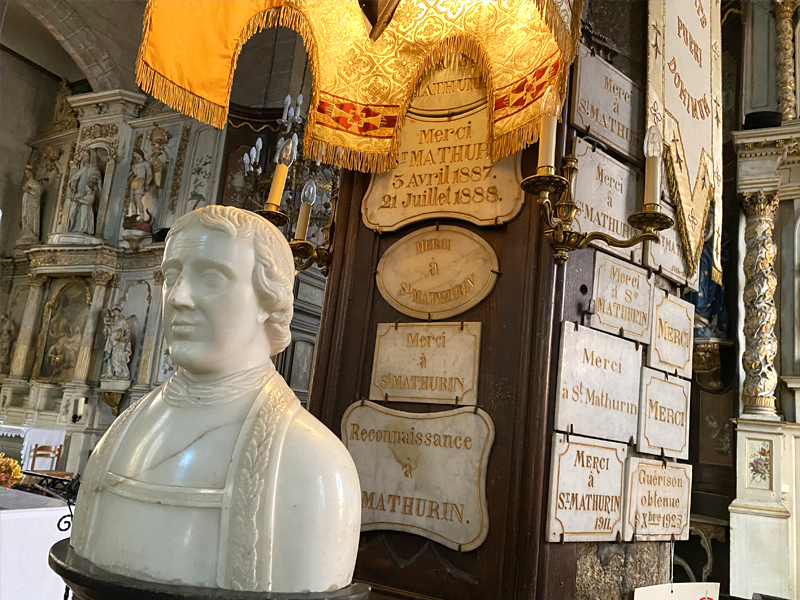

His bust in the church was surrounded by plaques purchased by thankful worshippers for answering their prayers. One stained glass window depicted a procession in the very square we’d just parked our car. Exactly how many madmen and unbearable wives could one little village have?
Further north, I explored the ruins of the Beauport Abbey right along the coast. It was remarkably well preserved, probably because it was declared a historical monument in 1862 and protected by the state since then. Abbeys were like self-reliant villages with food and water sources within the walls.

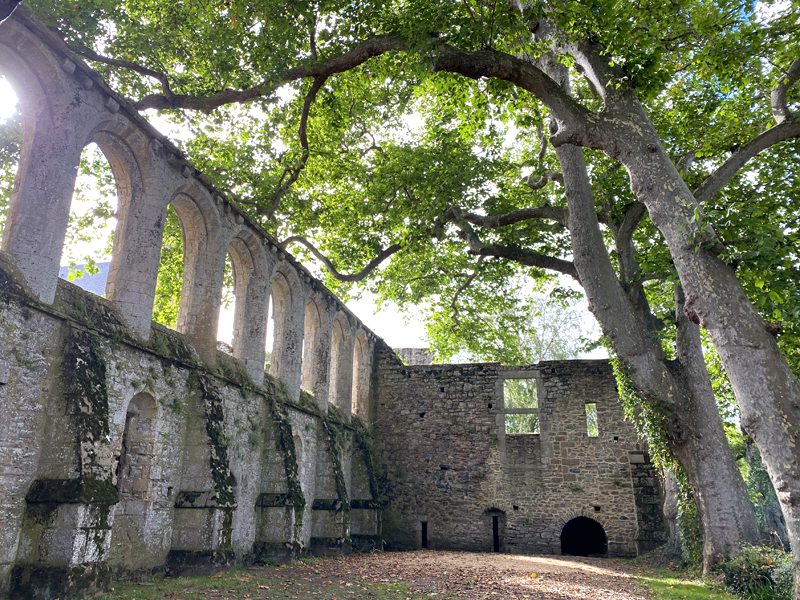
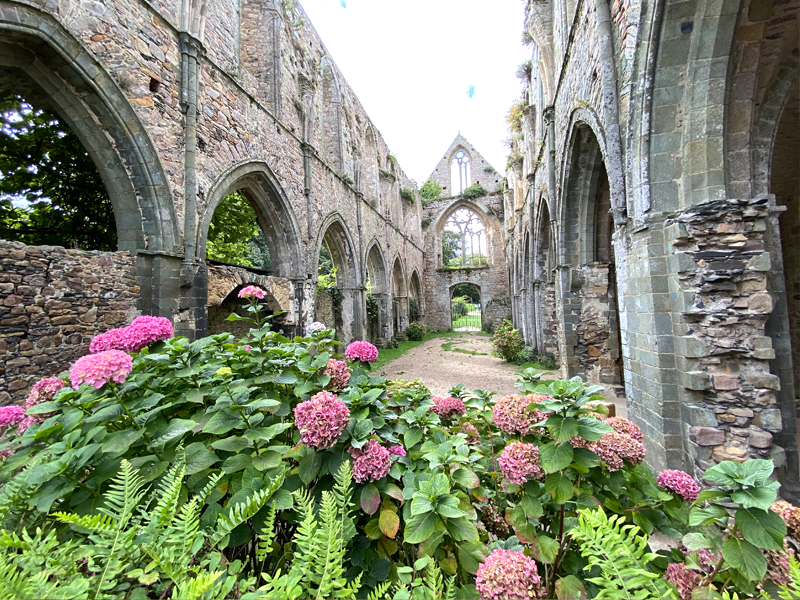
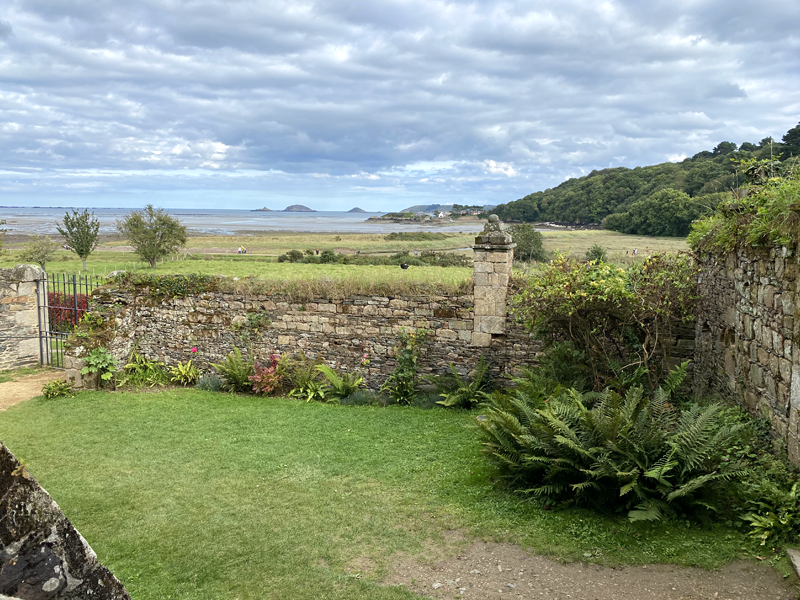

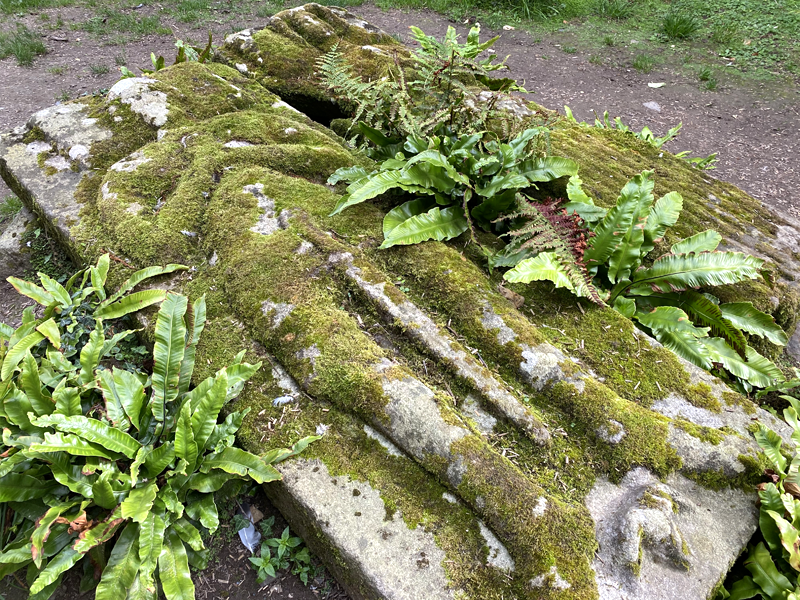
This one was beautifully maintained, surrounded by flowering shrubs and fruit trees. I liked that it was wide open and you could wander around exploring different areas without disapproving looks from the caretakers.
Speaking of disapproving, I don’t care if someone thinks we’re crazy for going once to a KFC in France (they have them). After several weeks of French restaurants and random adventures in ordering food, I appreciated the opportunity to relax with an English language kiosk and know exactly what I was going to get for my hard-earned Euro.
Anyone that’s travelled overseas for longer than a week or two will know exactly what I mean. Sometimes you just need a break with something easy. Colonel Sanders would certainly understand. Do you think the French understand the meaning of “finger lickin’ good”?






I was impressed with this unusual war memorial on our next stop in the town of Tréguier. Rather than the typical soldier, this sculpture of a grieving mother struck a chord. La Douleur (Pain) by Breton Francis Renaud was completed on July 2, 1922, as a tribute to World War I casualties: soldiers on the battlefield and families back home.
Note that the plaque features an anchor in this seaside town.
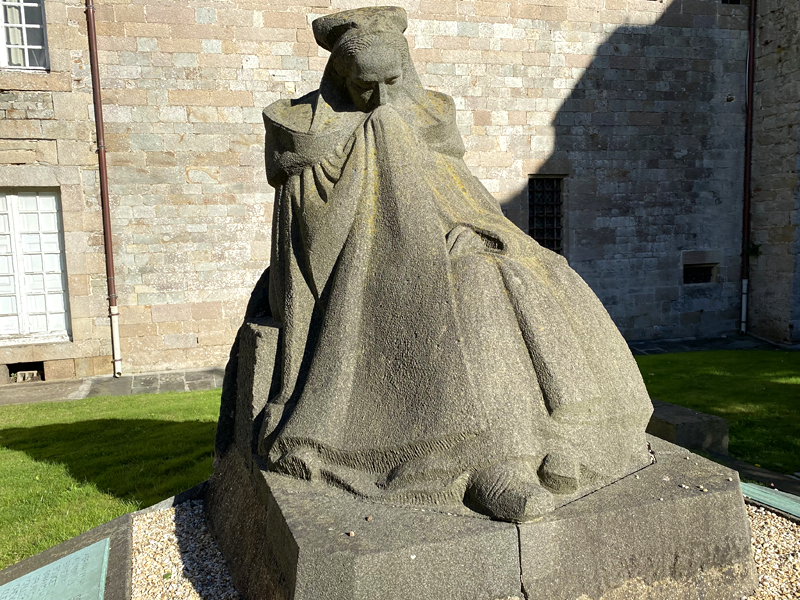
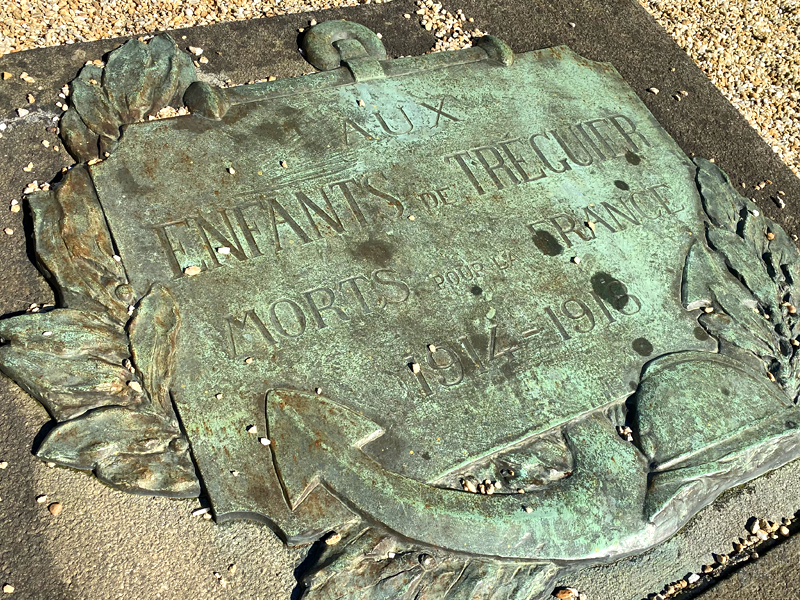
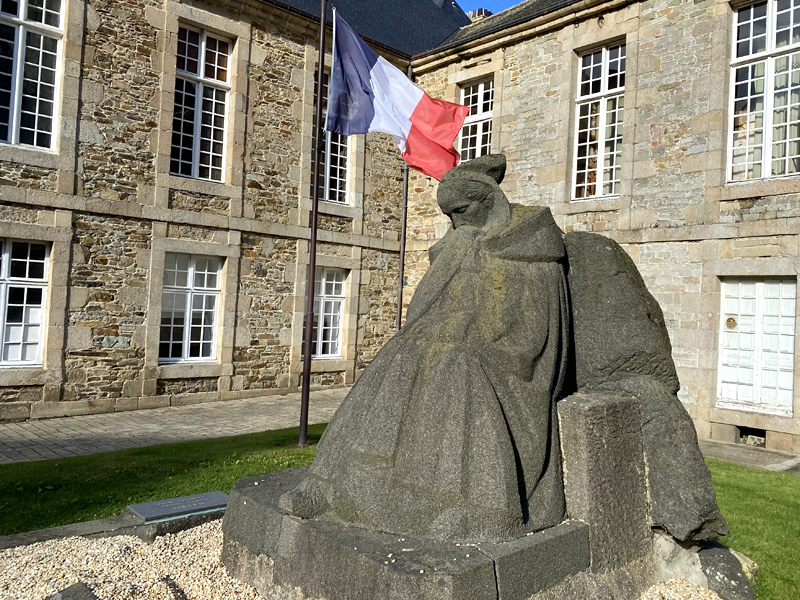
Tréguier was a pleasant coastal town and we soaked in the atmosphere at a cafe in the central square surrounded by locals enjoying late-afternoon drinks.


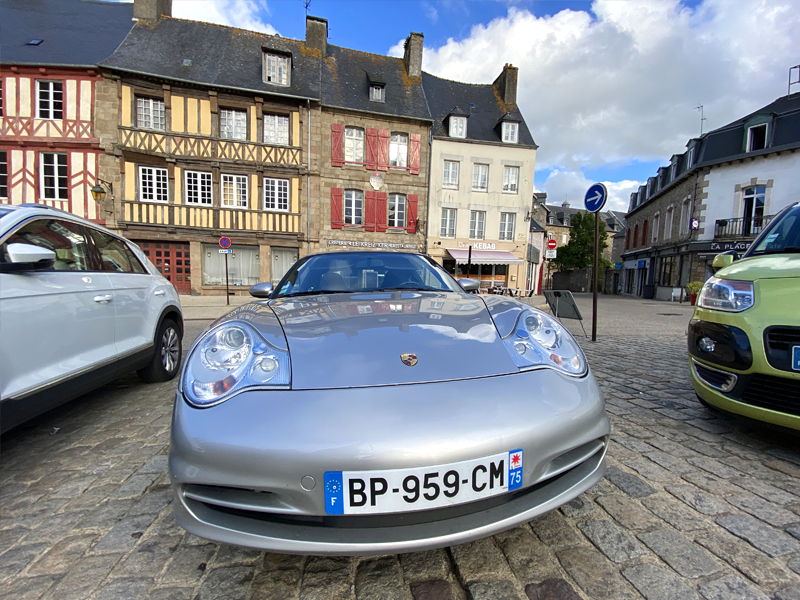
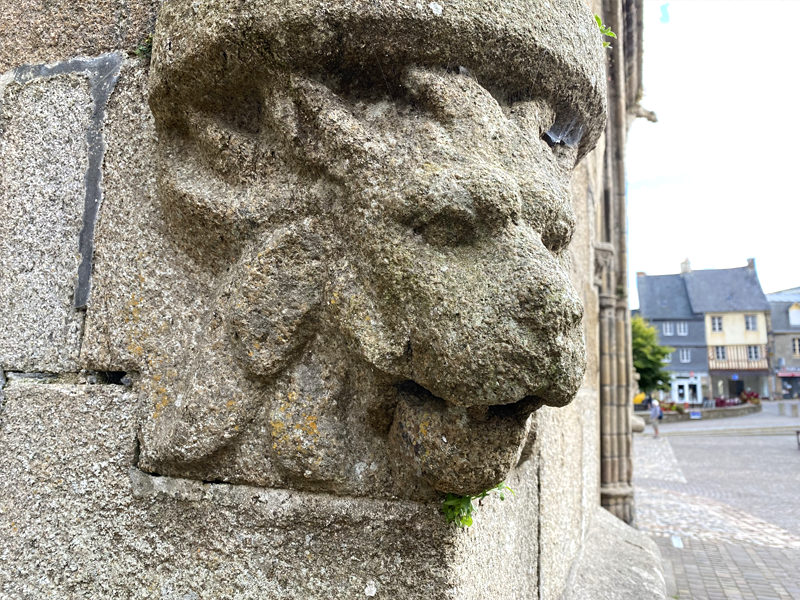
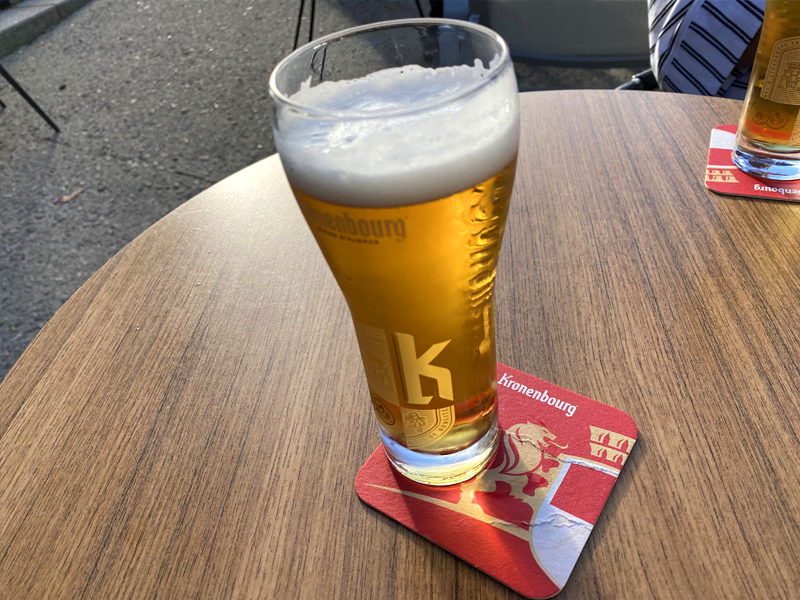
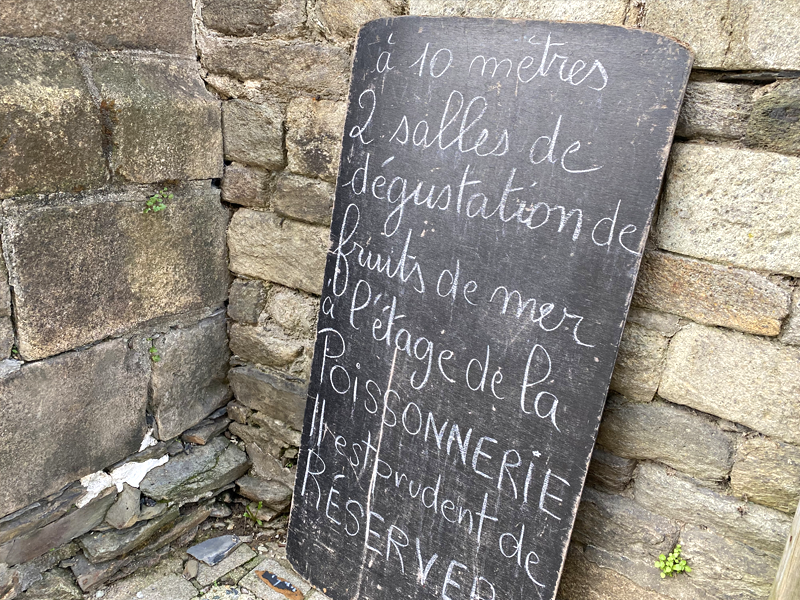
This small town boasted a fine cathedral. The nave displayed large flying buttresses in proper Gothic style. Inside, tombs of knights and clerics, all sadly mutilated during the French Revolution, lined the aisles. I stopped to admire oil paintings of Tréguier bishops from 1587 to 1801 along one wall.




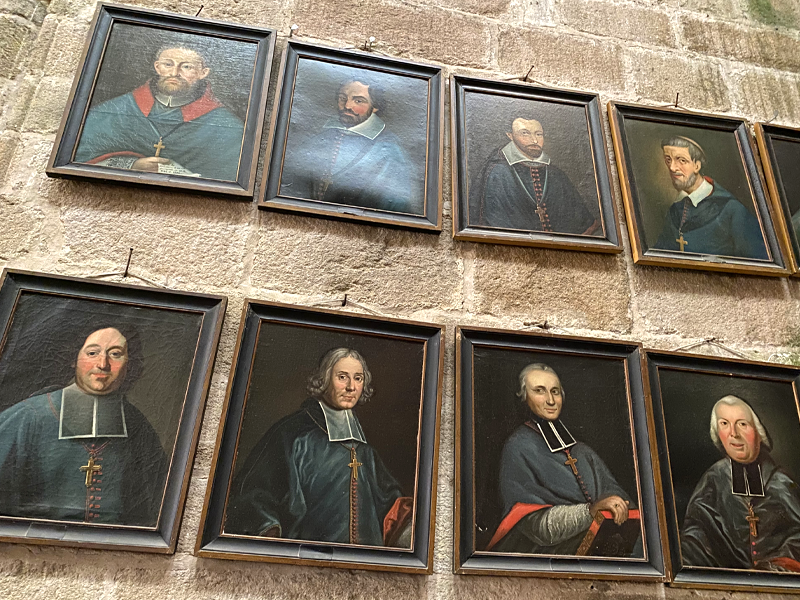
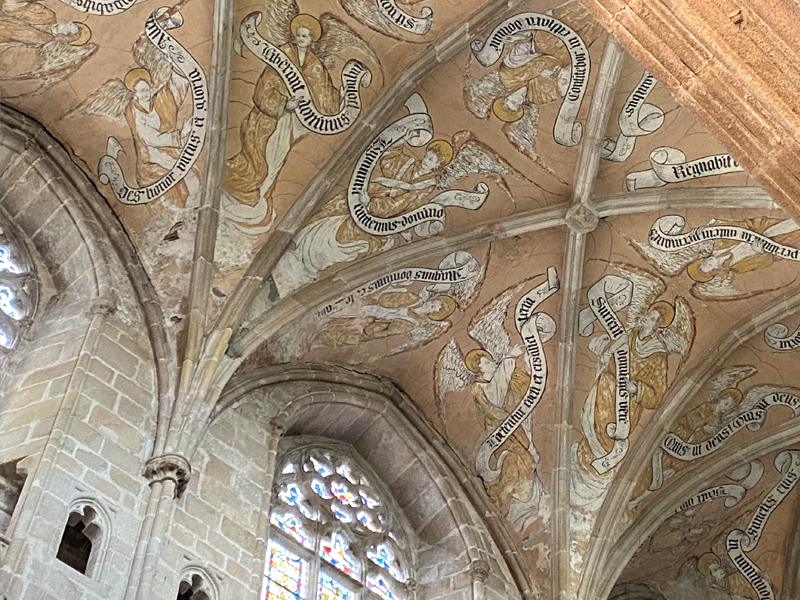
On a more modern note, one chapel featured striking stained glass windows dedicated to men of the parish who gave their lives in the Great War. Note the biplanes soaring above and doomed sailors swept to sea as their battleship goes down:

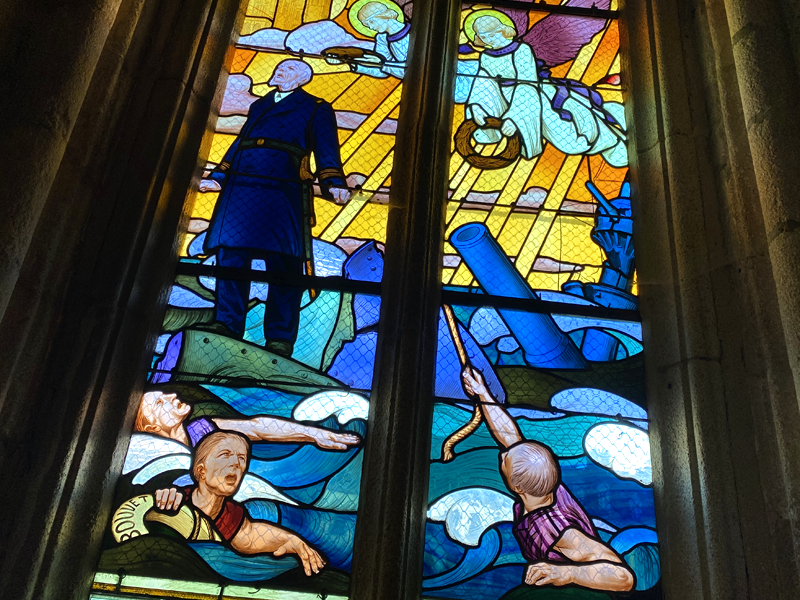
It was getting late in the day when we made our final stop. The Château de la Roche-Jagu was a 15th-century fortified house that had a commanding view over the Trieux river. The Lords of this place were able to control passage and trade on the river by exacting tolls.

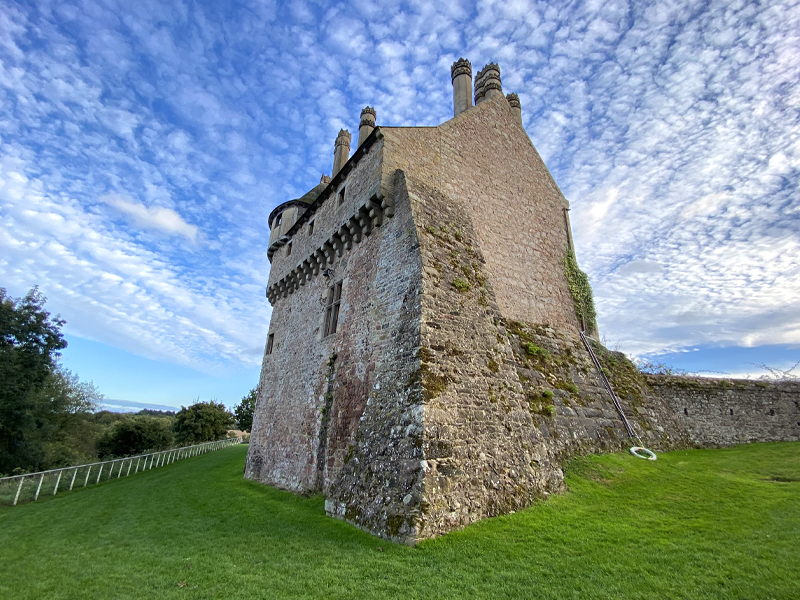

Happily, there are no toll roads in Brittany like there are across the rest of France. We can thank Anne de Bretagne for her sacrifice back in 1532. She abdicated Brittany to France through her marriage to King Charles VIII upon the condition that “no toll shall ever be levied on either road or bridge”.
……….
Thanks for coming along on the trip. If you have questions or suggestions, tweet @JasonRMatheson. Missed an entry? Click here.
